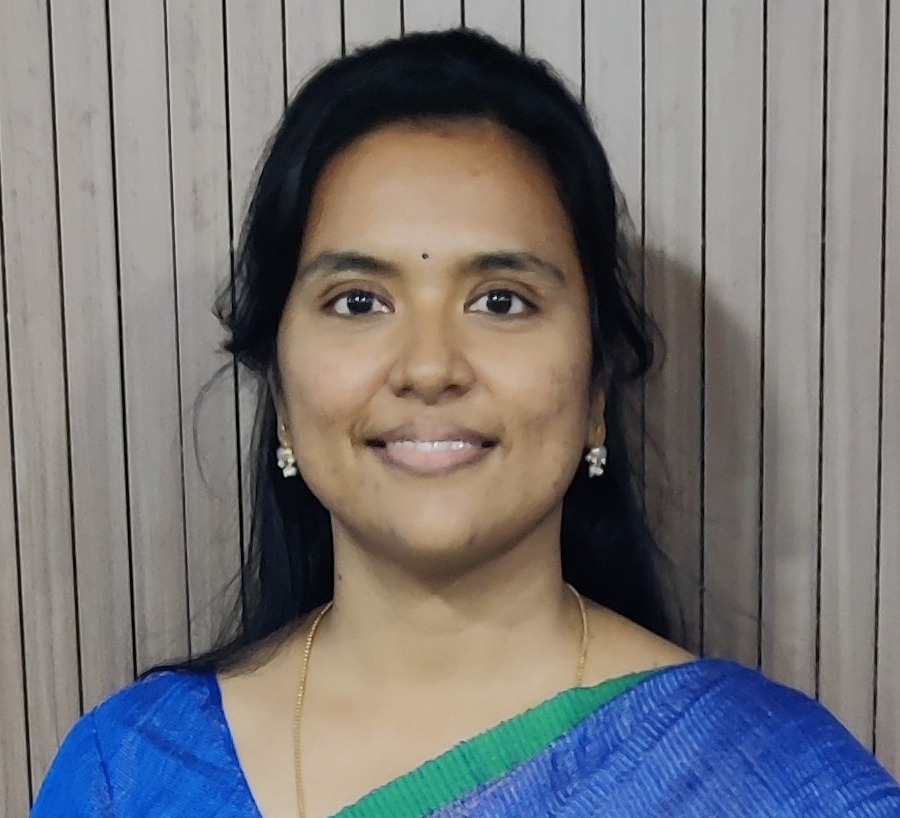Diabetes has reached epidemic proportions in many developing economies, such as China and India. Type 2 DM contributes to 90% of the cases. An astonishing 53 % of these cases remain undiagnosed(1). Health-seeking behaviour in India is amongst the poorest with 90% of patients being not aware of the need for regular fundus examination(2). The onus of imparting knowledge on such patients lies with the primary health care provider at the time of diagnosis. It is also the prime duty of the patient to gain knowledge about the disease.
Catch them early
Advice on the need for regular fundus examination should be given during the time of diagnosis. For type 2 diabetes, screening guidelines are fundus examination at the time of diagnosis and thereafter yearly, mild NPDR - yearly, moderate NPDR - 6 monthly, severe NPDR - 3 monthly follow up are mandatory.
High resolution fundus images can be used for follow-up and patient education. Deep learning, a state-of-the-art machine learning technique is being used to screen and refer treatment requiring diabetic retinopathy cases. This, in the future, can be an easy, cost effective screening tool which can be used by non-clinicians to refer treatment requiring diabetic retinopathy to the ophthalmologist.(3)
Dig up the Past and Look Deep: History and systemic work up
A comprehensive history is part of any management strategy. History of their renal and cardiac status along with history of stroke should be elicited. Anemia and dyslipidemia have to be ruled out. Drug history needs to be elicited. It is not an uncommon occurrence to see patients on ayurvedic and siddha medications with uncontrolled blood sugars.
LASER – Old is Gold indeed
Diabetic retinopathy study provided the initial evidence for the effectiveness of pan retinal photocoagulation with argon laser. Since then, various modifications have come in place to reduce collateral damage. All patients with the diagnosis of PDR need to be lasered at the earliest and more so, in the presence of high-risk features.(4) DME needs to be addressed prior to starting PRP as DME can worsen following PRP.(4) Patients with high risk characters, with dme, renal disease etc., it is preferably done in 2 to 3 sitting one week apart. In patients without DME and renal disease, PRP can be completed in one to 2 sittings. With pattern scanning laser, collateral damage has been minimised without compromising on efficiency. Lasering atop elevated NVE is not recommended. Presence of vitreous traction near the macula can worsen following laser leading to significant drop in vision. Presence of extensive NVE, elevated NVE, vitreous traction near posterior pole, vitromacular adhesion or taut posterior hyaloid are red flags to be watched out for. Such patients need to be well counselled before surgery about drop in vision following laser. Decrease in vision following laser can be consequent to DME, vitreous haemorrhage, progression of tractional retinal detachment and needs to be managed accordingly.
The aim of laser is to create moderate-intensity burns half burn width (in case of pattern scanning laser) to one burn width apart. The burns start 3000 µ from centre of fovea, 500 µ from the disc and one row width from arcades at least up to the equator. 1200 to 1600 burns in case of single spot which can go up to 2400 in case of pattern laser needs to be given on one or multiple sessions depending on the case. Response to laser begins by 2 weeks and improvement occurs over a period of 3 to 6 months. If signs of regression are absent or progression noted adding more laser or a combination treatment with antiVEGF is beneficial. Beware of antiVEGF crunch syndrome when using combination treatment
YAG laser hyaloidotomy – to do or not to do
There have been mixed reports of the usefulness of YAG laser hyaloidotomy for premacular subhayaloid/sub ilm haemorrhage. The procedure might give immediate relief thus preventing further retinal damage but the vitreous haemorrhage might preclude view of the fundus for some time. Hence a good PRP needs to be completed before the procedure. Successful YAG hyalodotomy may avoid the need for vitrectomy. The cases have to be chosen wisely keeping in mind the risk of tractional retinal detachment, epiretinal membrane formation and retinal hole formation. The aiming helium:neon beam could thus be focused on a point on the lower surface of the haemorrhage, which should be (1) be at least 1000 µ from the fovea; (2) not overlie a major retinal vessel; (3) overlie a sufficient thickness of blood (at least 300 µ) to protect the underlying retina and choroid.(5–8)
Never miss anterior segment neovascularization
In all patients with PDR, anterior segment neovascularization is to be ruled out.(4) This is one of the indications for primary antiVEGF therapy in PDR and a relative emergency. Such patient need to undergo their first sitting of PRP at the earliest preferably on the same day followed by intravitreal injection to prevent neovascular glaucoma from occurring. Cataract status must be assessed as dense cataracts may preclude us from doing a good laser. Such patients have to be advised on the need for immediate cataract surgery followed by laser
Predominantly peripheral lesions (PPL)
When more than 50% of diabetic retinopathy signs are present beyond the standard ETDRS fields, the term predominantly peripheral lesions in used. Studies have shown that up to 50% of cases can have PPL.(4) Such cases have 4.7 fold increase in the risk of developing PDR and hence needs close follow up
AntiVEGF: New age Panacea
Protocol S of DRCR.net has proven the non-superiority of monthly antiVEGF injections for treatment of PDR. Cost efficiency and need for close follow up precludes its use as first line management in PDR.(9) It is a useful adjunct especially for cases with fresh VH without traction, active PDR with well lasered retina and preoperatively to reduce intra op bleeding
Role of ancillary testing (FFA, B scan, OCTA)
FFA is useful in differentiating IRMA from NVE. So doubtful cases, especially one eyed patients, patients with asteroid hyalosis, PDR in one eye to be evaluated with a good FFA. PPL lesions can be picked up by wide filed FFA.
B scan can identify tractional retinal detachment involving the fovea in the transverse axial mode. Such patients need early pars plana vitrectomy. Presence of subretinal echoes suggests subretinal bleeds indicating a poor prognosis.
Though not in common practice due to lack of cost effectiveness at present, the wide field SS-OCTA is soon to take over retinal vascular imaging. It is fast, repeatable, noninvasive technique and recent studies have proven to be not inferior to FFA in detecting neovascularization. OCTA has been used in DR to demonstrate the enlargement and irregularity of the foveal avascular zone (FAZ), macular capillary abnormalities, capillary ischemia, choriocapillaris flow impairment, and preretinal NV.
Lifestyle modification and counselling
Patient education plays the most crucial in the management of PDR. It is also necessary to inform the treating physician of the diabetic retinopathy status so that disease modifying drugs can be started whenever required. For example thiozolidinediones have been proven to delay the onset of PDR due to the antiangiogenic property of PPAR γ agonist activity(10). Cholesterol lowering agents like fenofibrate and simvastation have shown to delay DR.(11)
Role of vitrectomy
Early vitrectomy is advocated in macular tractional retinal detachment and for posterior pole sub hyaloid or sub ilm vitreous hemoorhage. For intraagel vitreous hemorrhage delayed vitrectomy at the end of one month is preferred as there is a more than 50% chance of spontaneous resolution of vitreous haemorrhage.
Being a chronic multi-systemic disorder patient education for the need for regular follow-up and early intervention are the most crucial pearls in the management of PDR.

